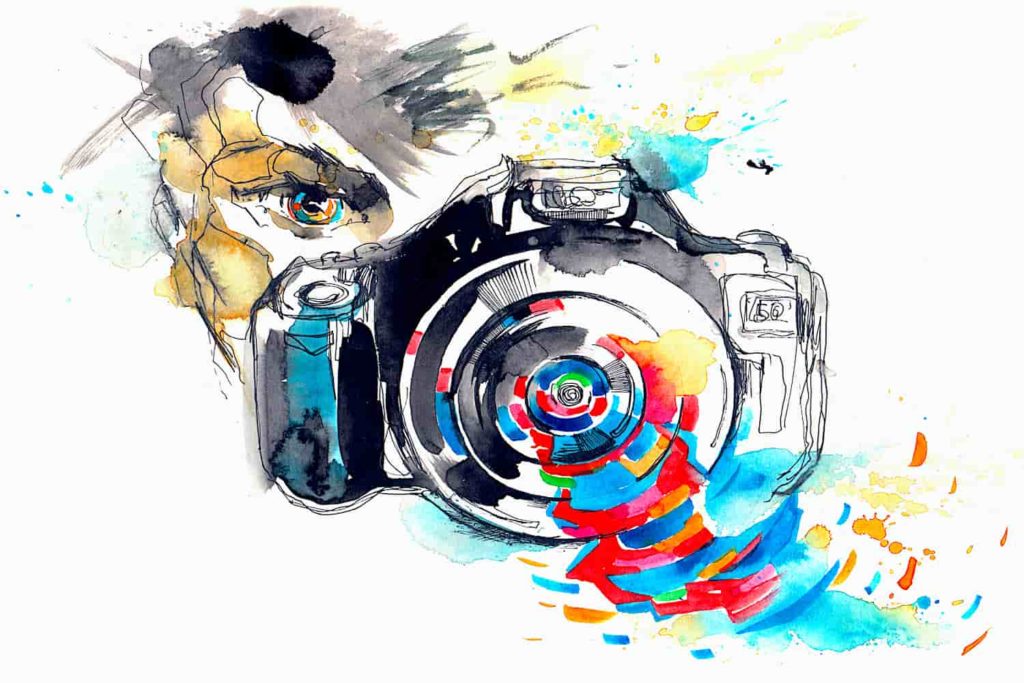
Photography, Memory, and the Art of Editing
Photography purposefully lies and inadvertently tells the truth, and on the spectrum between, there is an abundance of creativity.
I have loved to take pictures since I was a child. I have never taken a photography class, so all that I know I have learned from skilled friends and from practice. Even though I have never had state-of-the art equipment or formal training, I still consider myself a shutterbug.
I recently traveled to my home town in Minnesota to celebrate Christmas with my family, and as per usual at that time of year, it snowed. I love to walk outside as snowflakes dance in the air, and just as I left the house in my heavy boots, my husband shouted, “don’t forget to take some pictures.” Shooting images on the familiar streets and trails made me reflect on what photography and memory have in common: they both reveal, conceal, and invent.
Complexity of Emotion
My big conclusion from my time alone in the snow with my camera was that memory and photography (and art in general) are alike in their tendency to select and edit. Both art and memory aim to create a specific effect, but the emotions at the heart of these are always more complicated.
It is hard to find a truer phrase than, “I have mixed feelings about this.” I am always relieved when I hear someone admit this truth, because whatever ‘this’ is in any given context, emotions are always muddled.
Even in superbly happy times, there are tinges of sadness. In the deepest pain, there are moments of relief. We often shape our memories, however, out of stark contrasts: full joy, intense darkness, or complete confusion.
Our memories, far less accurate than we like to admit, selectively alter our perception based on an unintentional desire to evoke a specific emotion. Art, including photography, does the same.
Editing Makes Good Art
On that snowy day, I literally walked over the river and through the woods to my grandmother’s house. As I did, I found myself selecting photographs to highlight the very best and the most interesting of my home town. I choose angles that cut away the unattractive parts in order to create a heartwarming effect on the viewer.
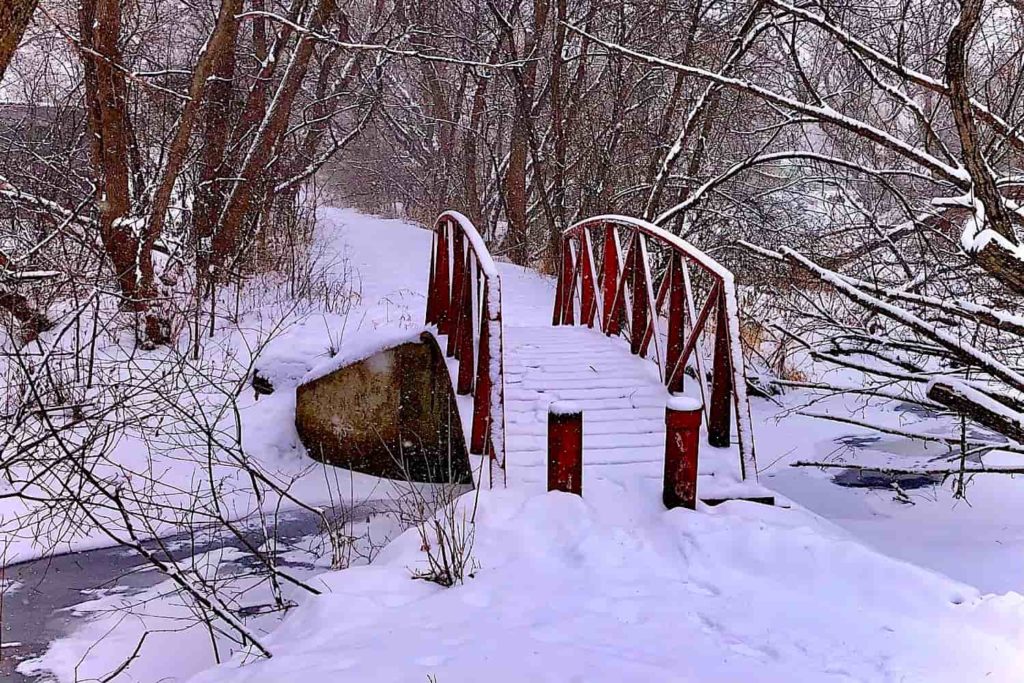
I have lived in big cities for most of my adult life. In that time, I have often charmed interlocutors with tales of a small-town childhood somewhere north-west of Lake Wobegon. Quaintness is the effect I want to conjure with my stories and my photographs of my home town. And that is the effect I want to create in my memories of it as well, but that is not the case for everyone.
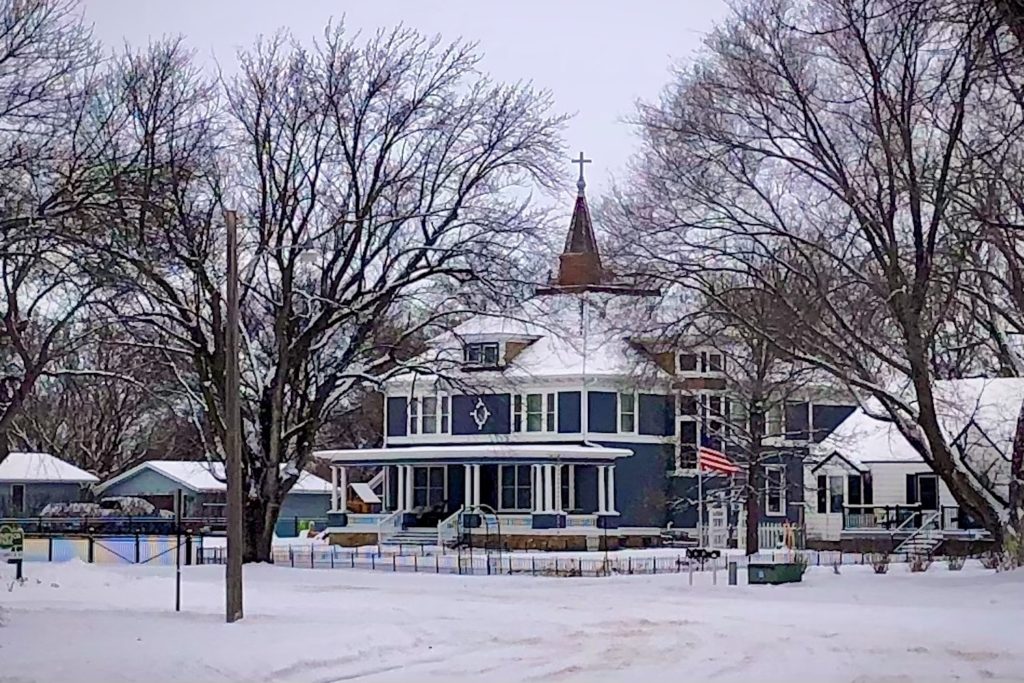
One can do the opposite with art and with memory. One could purposefully (or inadvertently) focus on the ugliness and seek to invoke catharsis. “Look at how terrible this is,” one can say, moving an audience to pity or repulsion. A story, a picture, a song, or a poem could leave them saying, “I’m sure glad that hasn’t happened to me.”
We make choices in our art, and we do so in our memories. The emotions from which they emerge, however, are almost always a mixed bag.
The Sledding Hill
My home town is in a very flat part of the world, which makes it great for agriculture, but not ideal for winter sledding. When I was growing up, the biggest hill in town was the one that went downward from the parking lot of the bank on Mainstreet toward the creek.
The creek, pronounced “crick” in the local dialect, was always an obstacle. The small lake in town would freeze over, but there was no sledding hill there. The crick, on the other hand, was flowing water, and when the weather was warm enough to sled, the shallow waters were not frozen.
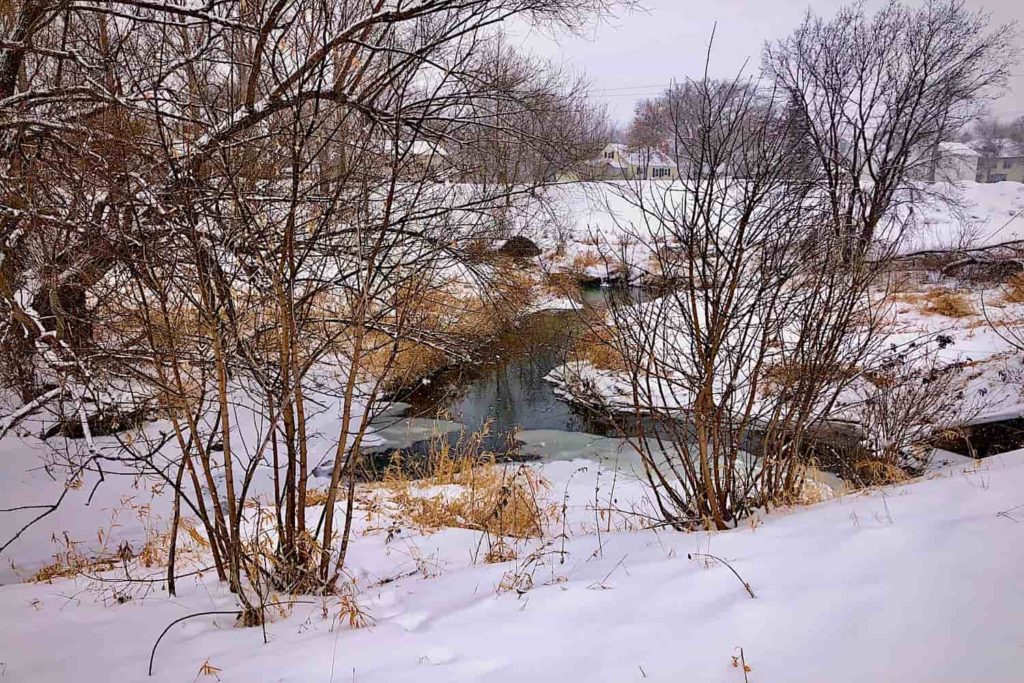
The joy of zipping down the hill always had to end in an evasive maneuver to avoid going into the gurgling open water. I was generally very successful at this.
One day, however, as I sped down the hill, I noticed that a friend was coming up the hill in my direct path. What was he doing? It was an unspoken rule that you walked up the hill off to the edges. I swerved to avoid cutting his legs out from under him. As a result, I landed directly in the crick, which ended my sledding for the day.
My retelling of the tale, and the photograph of the babbling brook running through the snowy meadow, belie the entirety of the emotion.
As is often the case, the misfortune of one child is the hilarity of the rest. The sting of the cold water of the crick was aggravated by the laughter of the other children, including that of the friend I had swerved to miss. The sad and solitary walk home, sled in hand, never makes it into the story.
Achieving Complexity
On my walk around my home town this year, I endeavored to take pictures that added more complexity to my usual goal of quaintness. It was difficult. Short-form art (a photograph, a short story, a blog post) has its limitations in terms of density.
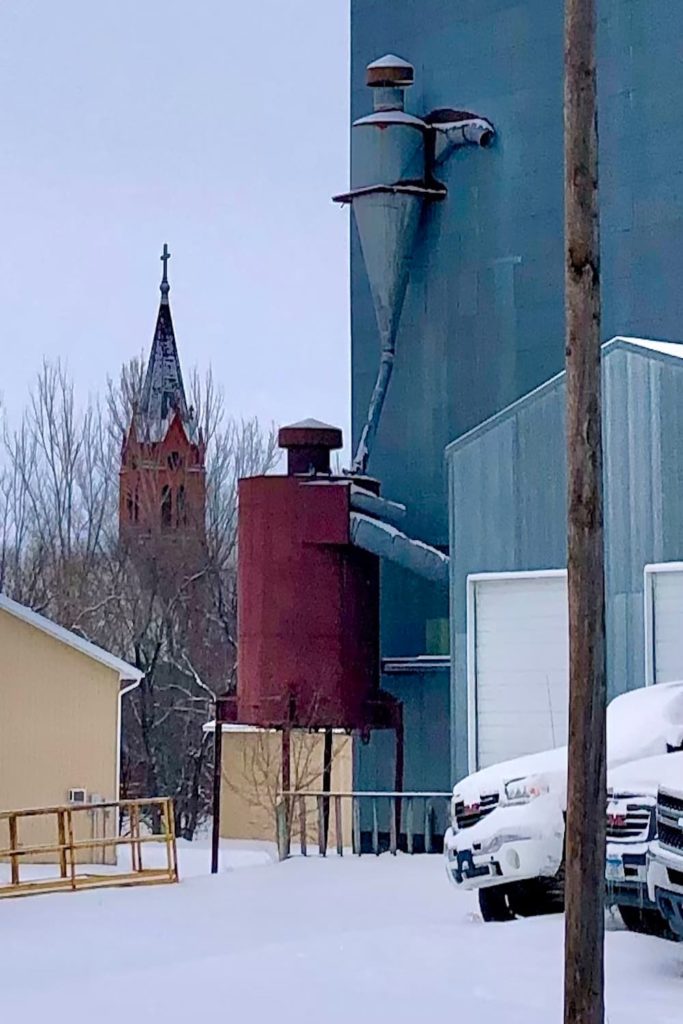
Unquestioned memory is the same. Do the stories we tell about our past experiences reflect the complexities of our true emotions? Probably not. And maybe that is for the best.
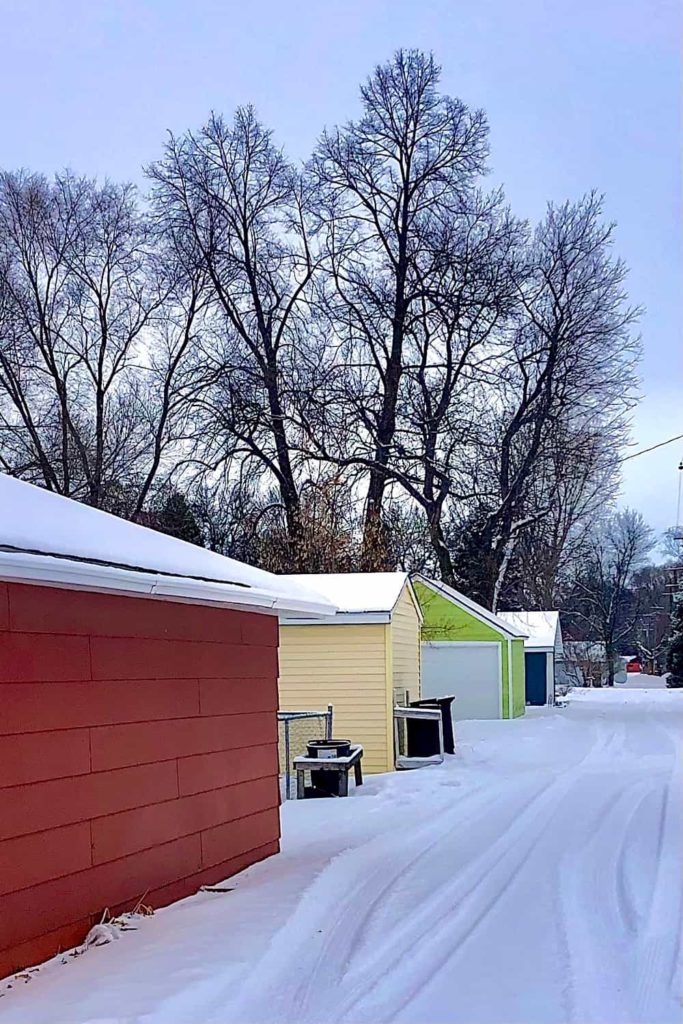
Editing makes stories easier to tell and to hear. Editing makes photography and other art more concise and impactful. I have come to learn that while emotion is my strong suit, my editing is still a work in progress. As the year comes to an end in this snow-filled landscape, I look forward to springtime walks, stories, and photographs with a better mix of emotional complexity and artful editing.